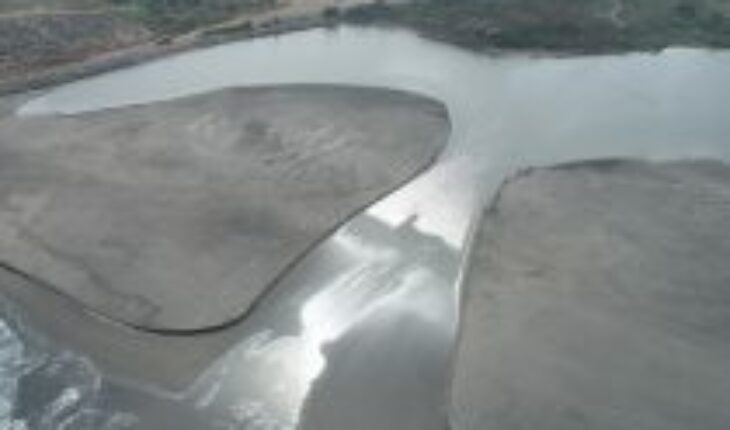In Chile there are around 40 thousand wetlands, covering a total of approximately 5.6 million hectares, both urban and rural: it is estimated that 40% do not have any type of protection. Although the Urban Wetlands Law represents progress, there is no specific instrument in our country for the protection of coastal wetlands, which are equivalent to 22.3% of the country’s wetlands.
These are ecological ecosystems that have water permanently or temporarily, which are located near the coasts receiving contributions from rivers and the sea. They are found in all regions of the country and only 16 are part of the international agreement signed by Chile in 1981 that protects them: Ramsar. On February 2, we were celebrating World Wetlands Day, but there is still much to be done in terms of its effective protection, especially that of coastal wetlands.
An investigation that is part of our Geobook “Towards a Coastal Law: bases for an integrated management of coastal areas” (November 2022), indicates that 57 coastal wetlands between Valparaíso and Coquimbo, reduced their water mirrors due to the long drought that affects the country. These ecosystems today face multiple threats as a result of global climate change and productive uses on the coasts, which impacts the rich biodiversity they harbor and the ecosystem services they provide us.
One example is that they help us capture the carbon dioxide responsible for global temperature rise, but they are also important for mitigating the effect of disasters such as floods and storm surges stemming from rising sea levels. The coast is extremely vulnerable to all these phenomena and, in recent decades, has been affected by intense urbanization, to which are added activities such as tourism and economic development.
All this has involved rapid dynamics of change, with negative impacts on protection against storm surges and tsunamis, the natural services it provides and the migratory routes of the birds that use these wetlands. That is why, to move towards an effective protection of coastal wetlands, it is necessary to consider the ecosystems of which they are part, since their survival depends on the interaction with beaches and dunes.
Our research indicates that today 86% of beaches have erosion, many of them at risk of disappearing in a decade with retreat rates of more than 1.5 meters per year. It is for all this that as the Observatory of the coast we promote a Coastal Law, currently under discussion in Parliament, which aims at an integrated management of coastal areas, also considering the necessary participation of the communities that coexist with these natural environments, today strongly anthropized.
Only in this way will it be possible to reconcile the various uses that today cause environmental conflicts on the coasts, positively impacting not only the protection of wetlands, but of the entire coastal zone. It is not only nature that suffers, but also us by being more exposed to phenomena such as climate change.
Follow us on
The content expressed in this opinion column is the sole responsibility of its author, and does not necessarily reflect the editorial line or position of El Mostrador.





